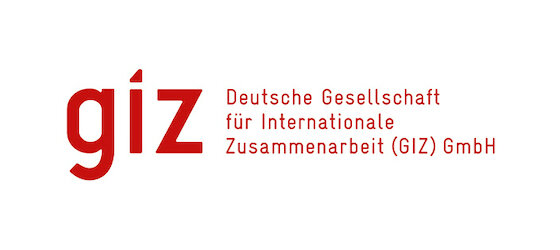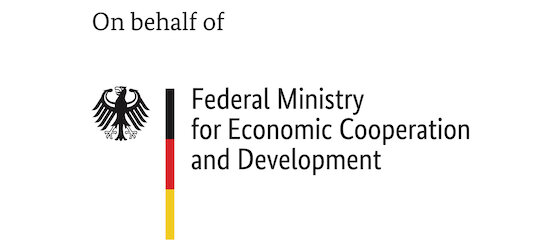Watering the NDCs: National Climate Planning for 2020 and Beyond
How water-aware climate policies can strengthen climate change mitigation & adaptation goals
AGWA, through a crowdsourcing effort including national, sectoral, and civil society partners from more than 100 countries, has created a new guidance and planning document for integrating water into our climate responses. Watering the NDCs provides guiding principles and recommendations for national climate planners and decision-makers to help ensure they meet their goals set out in National Adaptation Plans (NAPs) and Nationally Determined Contributions (NDCs). The report is designed to help Parties consider the reality of their water management across sectors, while working towards robust and flexible solutions able to withstand the effects of climate change. While this document concentrates on the mechanisms outlined within the UNFCCC Paris Agreement, the lessons are equally applicable to the 2030 Agenda and the Sendai Framework for Disaster Risk Reduction.
The document's guiding principles and recommendations are a starting place to incorporate water into national climate planning. Detailed resources for implementation are also highlighted. The paper is designed to be a living document—routinely updated to incorporate new insights, case studies and resources—and to center a global movement around climate-resilient water management for adaptation and mitigation, which we are calling the “Watering the NDCs” movement.
Download the full document or the condensed set of key messages. The full report will be updated periodically, with the most up-to-date version available on this webpage.
The report was made possible by support from Deutsche Gesellschaft für Internationale Zusammenarbeit (GIZ) GmbH on behalf of the Federal Ministry for Economic Cooperation and Development (BMZ) of the Federal Republic of Germany.


Guidance & Reports
Tools & Frameworks
Examples from the INDCs
This section is not meant to serve as an exhaustive list of resilient water management in the INDCs but rather as a small sample to give an idea of the types of activities that Parties have included.
Uganda is one of the few Parties to include water in their first NDC mitigation plan, with a particular focus on wetland protection, restoration, and management. These activities include a national inventory and assessment of all wetlands found within the country, the development of Ramsar-designated “Wetlands of International Importance” for the purposes of wetland research, conservation, education, and eco-tourism; the design and implementation of local wetland action plans; the identification and protection of 20 “critical and vital” wetland systems; achieving a net increase in total wetland land cover by 2030; and the strengthening of wetland management institutions and governance at both the national and local levels.
In their 2016 NDC, the Solomon Islands included adaptation activities around community-based adaptation planning and risk-reduction. These bottom-up approaches to risk-management, linked to top-down national plans, are a systematic way to address the climate adaptation challenges that many small island developing nations face: extreme floods, drought, sea-level rise, and increasingly strong and frequent tropical cyclones. These countries have, in many cases, been facing these challenges for decades, if not centuries, and have some of the best developed coping strategies across the globe. They are a great example of how local knowledge can drive local solutions that can be piloted and scaled up where appropriate. Given that many of their climate risks are directly water-related, the national government of the Solomon Islands is also working on implementing a national IWRM plan.
The adaptation component of Mexico’s 2015 INDC is one of the few to highlight both the critical role of ecosystems in buffering communities from the worst effects of climate change and the role ecosystems play in providing essential services for adaptation, including additional water storage and coastal protection against storms and sea level rise. Green infrastructure, ecosystem-based adaptation (EbA), and integrated water resources management (IWRM) are prioritized in Mexico’s NDC. Finally, Mexico also prioritizes the integration of climate change criteria into the design, construction, financing, and maintenance of critical water infrastructure, thus ensuring that plans to retrofit, relocate, or build new infrastructure are climate-resilient.
Egypt is currently one of the few Parties to include transboundary water considerations in their INDC. Why might transboundary waters be important for climate change adaptation? There are over 300 river basins shared by two or more countries worldwide, which means that managing shared water resources and joint planning for future uncertainty around regional climate and precipitation patterns are essential to sound adaptation planning. Activities such as data sharing, joint monitoring of river basins, and flexible water sharing agreements can be implemented to improve transboundary adaptation outcomes.

